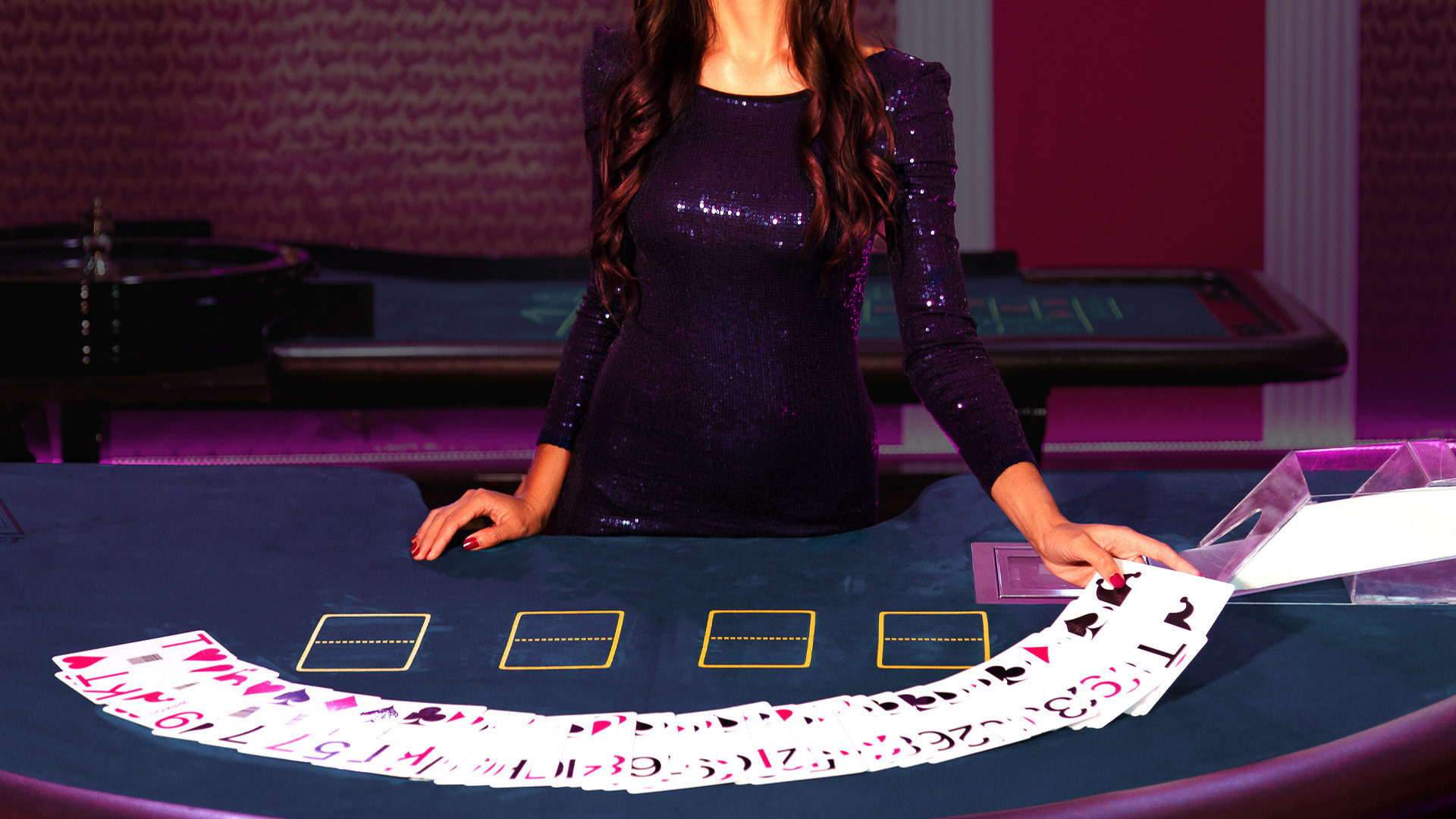
Best Blackjack Hands
The Best Hands In Blackjack
Live Blackjack is one of the most-played casino table games for a reason. It’s simple yet interactive, allowing you some control over the outcome. The game has successfully held onto its popularity in modern times. You’ll see it in every online casino in virtual and live formats. But it is crucial to know the best blackjack hands and how to play them right.
Blackjack is played on a semicircular table. A dealer sits at the base, with up to seven players at the same table. The goal is simple - beat the dealer without exceeding 21. Each player, including the croupier, receives two cards. Your cards are always face-up, while the dealer gets one card open and one faced down. Numbered cards hold their face value, while face cards (King, Queen, and Jack) count as 10. Aces can be 1 or 11 and can hold the key to victory.
That said, there are three hands every player likes to see in front of them: a blackjack, followed by a hard 20, and two aces. Each hand has its strategic nuances. So, without further ado, let’s dive right into them all.
Blackjack Hand (21)
A straight-up, or ‘natural’ blackjack is the top hand in a blackjack game. It’s an unbeatable duo of an Ace and a 10-value card, adding up to 21. The pair wins you 1.5x, or 3:2, of your initial bet if it manages to beat the dealer.
Unlike other hands, a right-from-the-bat blackjack cannot be a losing hand. After scoring it, only a few scenarios remain. The dealer within this online casino game also has a natural blackjack; the hand is a stand-off or a tie, and you get your chips back. If the croupier does not score a natural, you win the 3-to-2 payout. Note that the croupier’s hand must be a natural blackjack to score a stand-off. Hitting 21 with three or more cards results in your victory.
Hard 20
The hard 20 is a top hand with many advantages and room for strategising. It comes into play when you're dealt two 10-value cards, giving you a total of 20. Bettors usually described it as the ‘defence structure’ as it provides a solid position against the dealer, with a relatively high margin of victory.
Although it lacks the immediate appeal of natural blackjack, a hard 20 minimises the risk of going over 21 while still being a high pair. The probability of the croupier surpassing this total is relatively low in this live casino game. It’s even lower when their face-up cards are in the middle range, between seven and ten. If they hit a 20 themselves, the bet is pushed, and you get the initial bet back. But if you manage to beat the croupier by them going bust, you win 1:1 on your wager.
Some casinos allow splitting any pair of hands, even a hard 20. And even though you might be tempted by it, it’s never a good move to split two tens. While it may seem like you open a path for two 21s, the probability of hitting an 11 combo, let alone two, is extremely low. You’re essentially turning one good hand into two bad ones. Blackjack is all about playing the margin of victory, and getting greedy is never a good move.
Two Aces
Landing a pair of aces is quite a rare occurrence in Blackjack. And while it may not be the strongest hand in the game, it opens up the path for some solid strategies. Each ace holds a double value of one and 11. You can count the hand as a two or as a soft twelve. Hitting here is definitely a smart move. However, chances are high that you go bust with a 10 or end up with multiple hits that are more likely to result in a bust than a strong number.
The wiser move, and the one that makes two aces so special, is splitting them. Splitting aces creates two chances to hit 21 by hitting a ten on either ace. The unwritten rule in blackjack is that you always split two aces. It’s such a popular move that some casinos set special rules regarding splitting this hand.
Typical restrictions include removing the option to double down or re-split, meaning one card on each ace determines your fate. Oftentimes, hitting a ten here would not constitute a ‘natural blackjack’. Thus, paying back 1:1 instead of 3:2, as a natural blackjack would. Even counting the frustrating rules and restrictions, the consensus is that spitting a pair of aces is always advantageous over hitting them.

